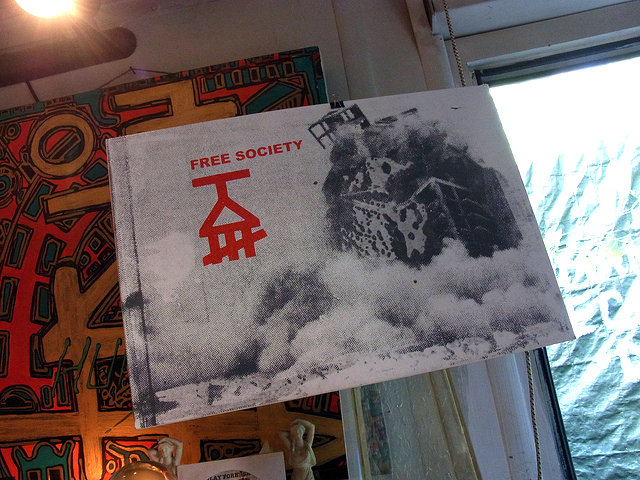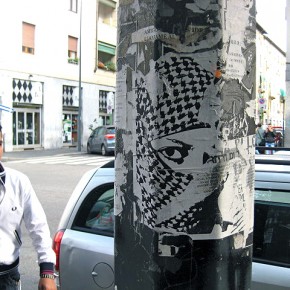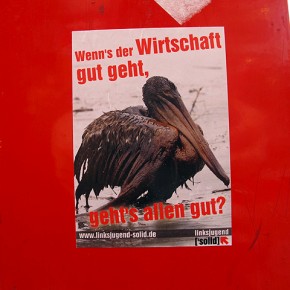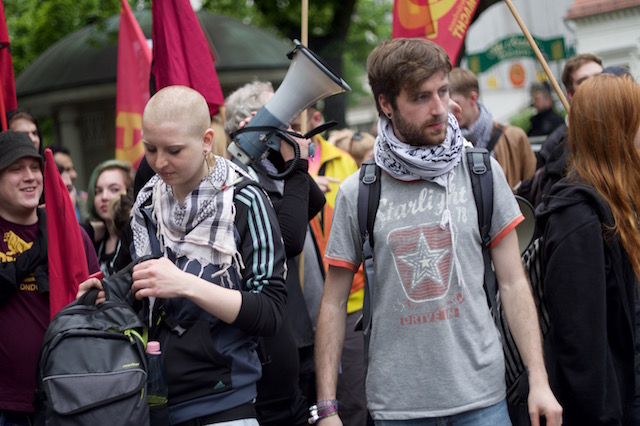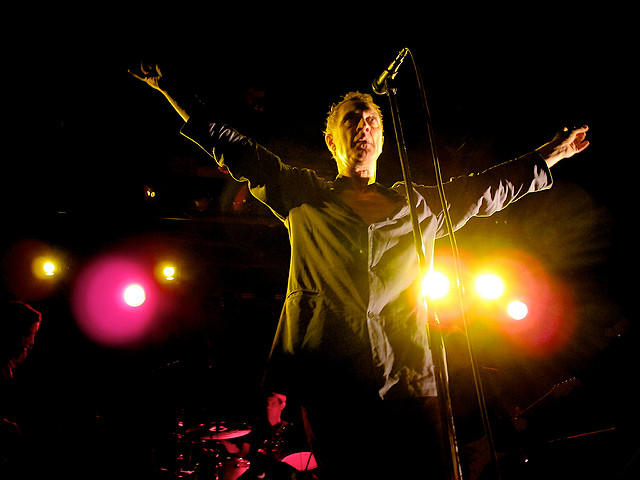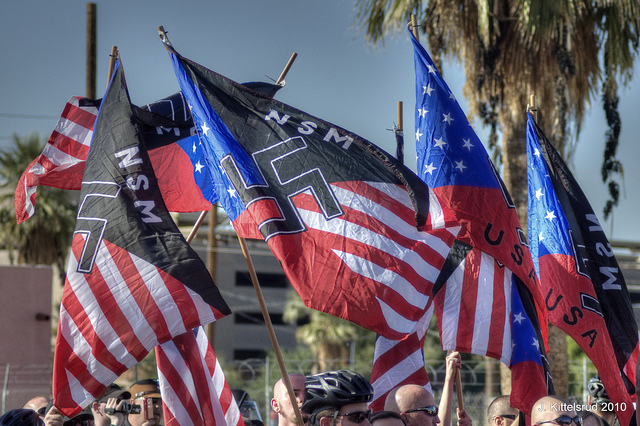Political activism, and especially political music, has always suffered from the problems of nuance and restraint. In order to get your point across to the masses, you can’t just stand on the street corner with a megaphone and scream at everyone. If you’re lucky, all that will happen is that you’ll be ignored. If you’re unlucky, you might find yourself in jail or a mental asylum. There’s little chance that anyone will hear your message, much less care about it.
But what if that wasn’t the case? What if you could stand on that street corner with that megaphone and scream bloody murder about everything that is messed up in the world and have people not just listen, but take action immediately? What if you had the power to cause violence, to incite with your art? Would you take advantage of that? Most people would say no.
Considering music: even when there have been instances of violence stemming from live concerts – the riot following the Rage Against the Machine show at the 2000 Democratic National Convention in Los Angeles being one of most well-known examples – the bands are usually quick to distance themselves from what happened. Although punk, metal, noise, and other extreme genres of music are always going on about smashing the system, when it comes to actual action, it’s rare. After all, if you get a reputation as troublemakers, it will be hard for you to get shows.
Missing Foundation, a Lower East Side punk and industrial band who were around from 1985 to 1992, did not care. They were frequently banned from venues – including CBGBs, where they set fire to the stage and trashed the sound system. The band existed under the mantra that art is a weapon. This wasn’t commentary as much as action. And the band and their audience was driven to act. Their main issue was gentrification: as squatters, as punks and radicals, and as members of what was mostly a lower class community, they were being pushed out of their neighborhood by greedy developers.
They struck back through music, art, and action. At shows the band would eschew normal instrumentation and bang, Neübauten-style, on sheet metal and barrels. The lead singer and the propagandist who founded the band, Pete Missing, would scream diatribes through a megaphone. According to some articles, this was partially due to the fact that few clubs trusted him with a microphone. The sound was harsh and pulled no punches. The band’s logo, an upside down martini glass, was scrawled all over buildings in the Lower East Side alongside messages such as “The Party’s Over” and “1988 = 1933.” There it acted as both hex – to keep away the yuppies – and sigil. It was, in a word, power.
That power manifested itself numerous times, the most famous being at the infamous 1988 Tompkins Square Riot. There, following a political rally that Missing Foundation played – the local neighborhood association was trying to convince the city to instill a curfew in order to rid the park of its homeless population – the crowd took to the streets and fought the police for hours. Tons of people were hurt and close to 40 were arrested. The media had a field day and the band, accused of everything from instigation to being satanists (!), achieved immortality.
Missing Foundation broke up in 1992 but to this day there are still remnants of the band floating around: in my neighborhood in Philadelphia there’s a large upside martini glass in a mural on the side of the Fakehouse, a collective house and show space that’s hosted bands for more than a quarter of a century. The Subhumans played there, as did Crash Worship. It was also the venue where Missing Foundation played in the city. Sadly, that house is being evicted at the end of this year, the victim of a developer who wants to transform the building into college apartments. Somehow, this seems awfully fitting.
Photograph courtesy of Sterneck. Published under a Creative Commons license.
